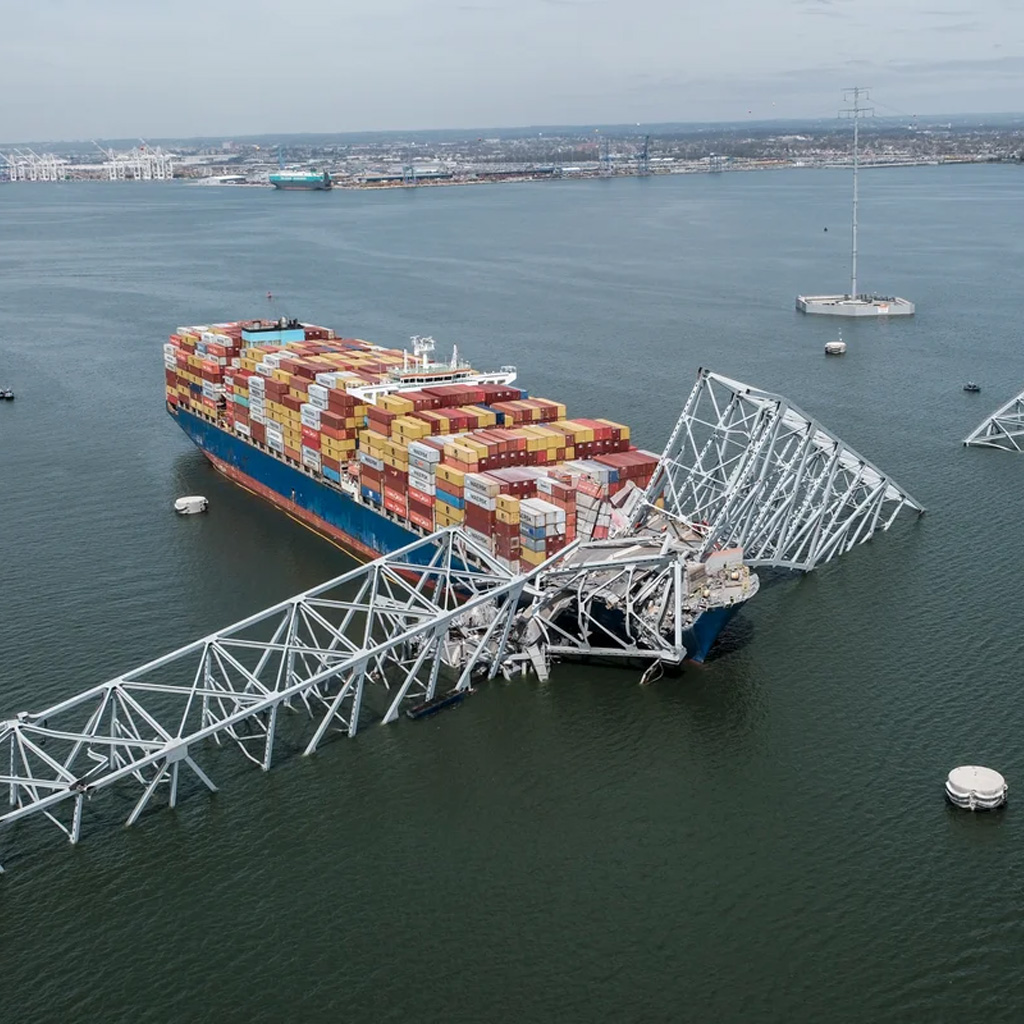Any big project carries a big opportunity for failure, but regularly going over time and over budget implies that there are systematic errors at work. And that means these problems can be identified and addressed.
The Significance of Infrastructure Megaprojects
Infrastructure megaprojects, also known as large-scale infrastructure projects or mega-infrastructure projects, play a pivotal role in transforming economies and societies. These ambitious endeavors have a profound impact on various aspects of society, ranging from economic growth to improved quality of life. By investing in infrastructure megaprojects, countries can stimulate economic development, create job opportunities, and foster innovation. Moreover, these projects enhance connectivity within regions and across nations, improving transportation networks and facilitating the movement of goods and people. The significance of infrastructure megaprojects cannot be overstated as they lay the foundation for future progress and prosperity.
Transforming Economies and Societies
Infrastructure megaprojects have a significant role in transforming economies and societies, bringing about positive changes on various fronts. The importance of these projects lies in their ability to drive economic growth and development. By investing in large-scale infrastructure projects, governments can stimulate economic activity, create job opportunities, and boost local industries. These projects act as catalysts for economic progress, attracting investments from both domestic and international sources.
The impact of successful megaprojects goes beyond mere economic benefits. They enhance connectivity within regions and improve the quality of life for residents. Efficient transportation networks resulting from these projects facilitate the movement of goods and people, reducing travel times and congestion. This improved connectivity not only enhances accessibility but also promotes regional integration.
Moreover, successful megaprojects have a ripple effect on regional development. They attract investments by creating an environment conducive to business growth. The improved infrastructure acts as a magnet for businesses looking to establish operations in the region, leading to job creation and increased economic activity. Additionally, these projects often become tourist attractions themselves or contribute to the development of tourism-related infrastructure, further boosting local economies.
Budget and Timeline Issues: Reasons and Solutions
Large-scale infrastructure projects often face significant budget and timeline challenges, which can impact their overall success. One common challenge in these megaprojects is the occurrence of budget overruns and delays. These issues arise due to various factors, including inaccurate cost estimation and inadequate risk management.
Accurate cost estimation is crucial for the successful execution of infrastructure megaprojects. However, due to the complex nature of these projects, it can be challenging to accurately predict all costs involved. Factors such as unforeseen ground conditions, changes in scope, or fluctuations in material prices can lead to financial constraints. Additionally, inadequate risk management practices contribute to budget overruns and delays. Failure to identify potential risks or develop effective contingency plans can result in costly disruptions during project implementation.
To address these challenges, improving budget and timeline management is essential. Implementing effective project controls and risk management strategies can help mitigate cost and schedule challenges. Project controls involve establishing mechanisms to monitor progress, track expenses, and ensure adherence to timelines. By closely monitoring project performance indicators, such as earned value or schedule variance, project managers can proactively identify deviations from the plan and take corrective actions.
Furthermore, enhancing collaboration and communication among stakeholders is vital for successful budget and timeline management. Clear lines of communication between project teams, contractors, suppliers, and government agencies facilitate timely decision-making and issue resolution. Collaboration ensures that everyone involved understands their roles and responsibilities while working towards a common goal.
Overoptimism, Overcomplexity, and Project Failure
Overoptimism and overcomplexity are two factors that can contribute to the failure of infrastructure megaprojects. When project goals are overly optimistic and expectations are unrealistic, it sets the stage for potential failure. Excessive optimism can lead to inadequate risk assessment and poor contingency planning, leaving projects vulnerable to unexpected challenges.
In the face of complex megaprojects, it becomes crucial to simplify the process for better project outcomes. Streamlining project complexity through effective project management practices is essential. This involves breaking down large projects into manageable phases or components that can be controlled more effectively. By dividing the project into smaller parts, it becomes easier to identify potential risks and develop appropriate mitigation strategies.
Furthermore, simplifying complex megaprojects requires a focus on effective project management techniques. This includes implementing robust methodologies and tools that help manage tasks, resources, and timelines efficiently. Project managers should have access to accurate data and information to make informed decisions throughout the project lifecycle.
A McKinsey study of 48 troubled megaprojects showed that poor execution was responsible for cost and time overruns in 73 percent of the cases; for the rest, these were due to politics, such as new governments or laws.
Collaboration among stakeholders also plays a significant role in simplifying complex projects. By fostering open communication channels and promoting collaboration between different teams involved in the project, it becomes easier to address challenges collectively. Sharing knowledge and expertise across disciplines helps in finding innovative solutions to complex problems.
Another challenge is low productivity. While the manufacturing sector has approximately doubled its productivity over the past two decades, construction productivity has remained flat or even declined. Wages, however, have continued to rise faster than inflation in many markets, resulting in higher costs for the same results.
Studies have shown that delivering infrastructure more efficiently can reduce its whole cost by 15 percent.2 Up-front preparation pays for itself many times over. All told, efficiency gains in approval, engineering, procurement, and construction can generate savings of as much as 25 percent on new projects, without compromising the quality of outcomes.
Enhancing Organizational Design and Project Management
Often, the root causes of project failures become apparent in retrospect, originating from the initial stages. These issues typically stem from inadequate justifications for the project, misalignment of stakeholder interests, insufficient planning, and a lack of proper capabilities. Furthermore, there is a tendency to underestimate costs while overestimating benefits, leading to a flawed baseline for evaluating project performance. The crucial step is to prioritize social and economic objectives before identifying the projects that can effectively achieve these goals. This necessitates conducting independent and thorough analyses to accurately determine the real costs and benefits of the projects
To ensure the success of infrastructure megaprojects, it is crucial to enhance organizational design and project management practices. Optimizing the organizational structure is an important step in this process. By aligning roles and responsibilities, decision-making can be improved, and accountability can be enhanced. Clear lines of authority and communication channels help streamline project operations, ensuring that tasks are executed efficiently.
Promoting a culture of collaboration and knowledge sharing within the organization is equally important. When team members work together towards a common goal, it fosters innovation and problem-solving. Encouraging collaboration not only improves project outcomes but also enhances employee engagement and satisfaction.
Effective project management strategies are key to successful megaproject execution. Implementing robust project management methodologies and tools provides a structured approach to project planning and execution. These methodologies help define clear objectives, establish realistic timelines, allocate resources effectively, and monitor progress throughout the project lifecycle.
Investing in the training and development of project managers is essential for building a competent workforce capable of handling complex infrastructure projects. Providing them with the necessary skills, knowledge, and tools equips them to navigate challenges effectively. Continuous professional development ensures that project managers stay updated with the latest industry practices and emerging trends.
By enhancing organizational design and implementing effective project management strategies, infrastructure megaprojects can overcome hurdles more efficiently. A well-structured organization with skilled project managers leads to improved decision-making processes, better resource allocation, reduced risks, and ultimately successful project delivery.
Delivering on the Promise of Infrastructure Megaprojects
Findings suggest that allocating 3 to 5 percent of a project’s capital cost to preliminary engineering and design significantly enhances the likelihood of on-time and within-budget completion. This investment in the early stages is crucial because it allows for the identification and resolution of potential challenges during the design phase, thereby preventing costly and time-consuming issues during construction.
To fulfill the potential of infrastructure megaprojects, it is crucial to address weaknesses and implement necessary measures. Fact-based project selection ensures that projects are chosen based on realistic expectations and thorough analysis. Improved project controls, transparency, and risk management help mitigate challenges and ensure better outcomes.
By enhancing execution capabilities, organizations can navigate complexities more effectively. This includes investing in skilled personnel, implementing robust project management methodologies, and leveraging technology for efficient project delivery. Through these efforts, we can deliver on the promise of infrastructure megaprojects and create a lasting impact on economies and societies.
At Front Line Advisory Group, we are pioneers in Capital Improvement Bond Management, leveraging unparalleled expertise and deep industry insights. Our mission extends beyond consultation – we empower our clients to realize the full potential of their investments, ensuring tax dollars are put to maximum use through astute Program Management Consulting. For more information or to commence your journey towards transformative bond management, reach out to us at info@frontlineadvisorygroup.com.












